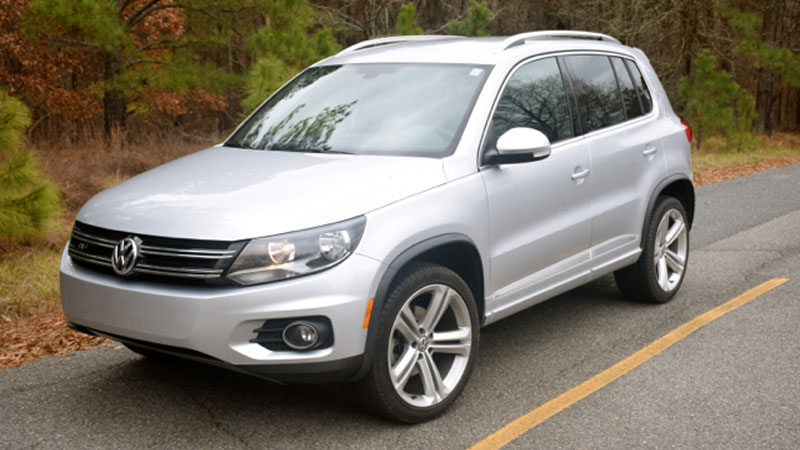Tiguan’s Timeless Appeal: Why VW’s Crossover Remains a Favorite in 2023
VW’s best-selling SUV has a spacious interior, comfortable ride, and decent performance packaged in an unoffensive exterior. Utility vehicles have progressively supplanted the traditional family car, and even compact models such as the Volkswagen Tiguan are now perfectly suited to fulfill this role. The current iteration of the Tiguan, launched … Read more






